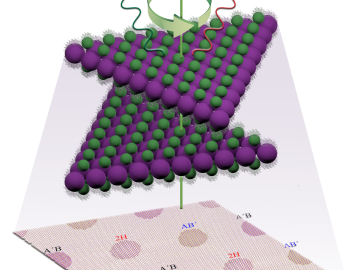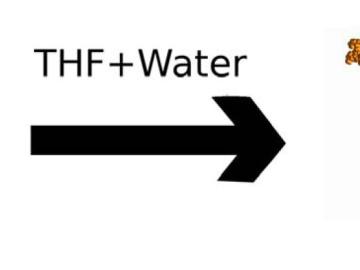
Filter News
Area of Research
- Advanced Manufacturing (9)
- Biological Systems (1)
- Biology and Environment (37)
- Building Technologies (1)
- Clean Energy (119)
- Climate and Environmental Systems (2)
- Computational Biology (1)
- Computational Engineering (2)
- Computer Science (4)
- Electricity and Smart Grid (1)
- Fossil Energy (1)
- Fusion and Fission (15)
- Fusion Energy (1)
- Isotopes (13)
- Materials (59)
- Materials for Computing (18)
- Mathematics (1)
- National Security (9)
- Neutron Science (32)
- Nuclear Science and Technology (8)
- Quantum information Science (3)
- Renewable Energy (2)
- Sensors and Controls (1)
- Supercomputing (43)
- Transportation Systems (2)
News Type
Date
News Topics
- 3-D Printing/Advanced Manufacturing (38)
- Advanced Reactors (5)
- Artificial Intelligence (29)
- Big Data (13)
- Bioenergy (24)
- Biology (34)
- Biomedical (15)
- Biotechnology (10)
- Buildings (26)
- Chemical Sciences (19)
- Clean Water (11)
- Climate Change (30)
- Composites (10)
- Computer Science (50)
- Coronavirus (10)
- Critical Materials (10)
- Cybersecurity (5)
- Decarbonization (27)
- Education (1)
- Emergency (1)
- Energy Storage (30)
- Environment (60)
- Exascale Computing (8)
- Fossil Energy (2)
- Frontier (10)
- Fusion (13)
- Grid (17)
- High-Performance Computing (32)
- Isotopes (23)
- ITER (5)
- Machine Learning (9)
- Materials (45)
- Materials Science (35)
- Mathematics (3)
- Mercury (5)
- Microelectronics (1)
- Microscopy (12)
- Nanotechnology (12)
- National Security (21)
- Net Zero (6)
- Neutron Science (28)
- Nuclear Energy (14)
- Partnerships (11)
- Physics (7)
- Polymers (10)
- Quantum Computing (15)
- Quantum Science (24)
- Security (5)
- Simulation (12)
- Space Exploration (7)
- Statistics (3)
- Summit (13)
- Sustainable Energy (51)
- Transportation (33)
Media Contacts

Measurement and data analysis techniques developed at the Department of Energy’s Oak Ridge National Laboratory could provide new insight into performance-robbing flaws in crystalline structures, ultimately improving the performance of solar cells.

Experts at the U.S. Department of Energy’s Oak Ridge National Laboratory will help nine small companies move their innovative manufacturing, buildings, fuel cell, geothermal and vehicle technologies closer to the marketplace. The businesses are among 33 selected t...
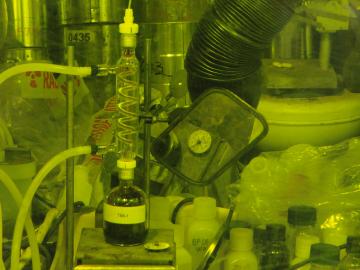
Nearly 100 commercial nuclear reactors supply one-fifth of America’s energy. For each fuel rod in a reactor assembly, only 5 percent of its energy is consumed before fission can no longer be sustained efficiently for power production and the fuel assembly must be replaced. Power plan...
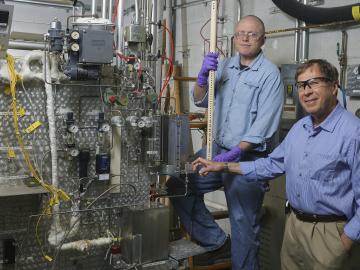

A study led by the University of Tennessee and the Department of Energy’s Oak Ridge National Laboratory could soon pay dividends in the development of materials with energy-related applications. Three UT researchers—Maik Lang, assistant professor
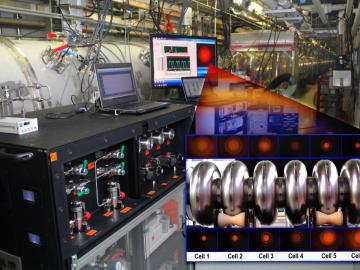


Three U.S. Department of Energy-funded research centers – the BioEnergy Science Center (Oak Ridge National Laboratory), the Great Lakes Bioenergy Research Center (University of Wisconsin–Madison and Michigan State University), and the Joint BioEnergy Institute (Lawrence Berkeley National Laboratory) – are making progress on a shared mission to develop technologies that will bring advanced biofuels to the marketplace, reporting today the disclosure of their 500th invention.
